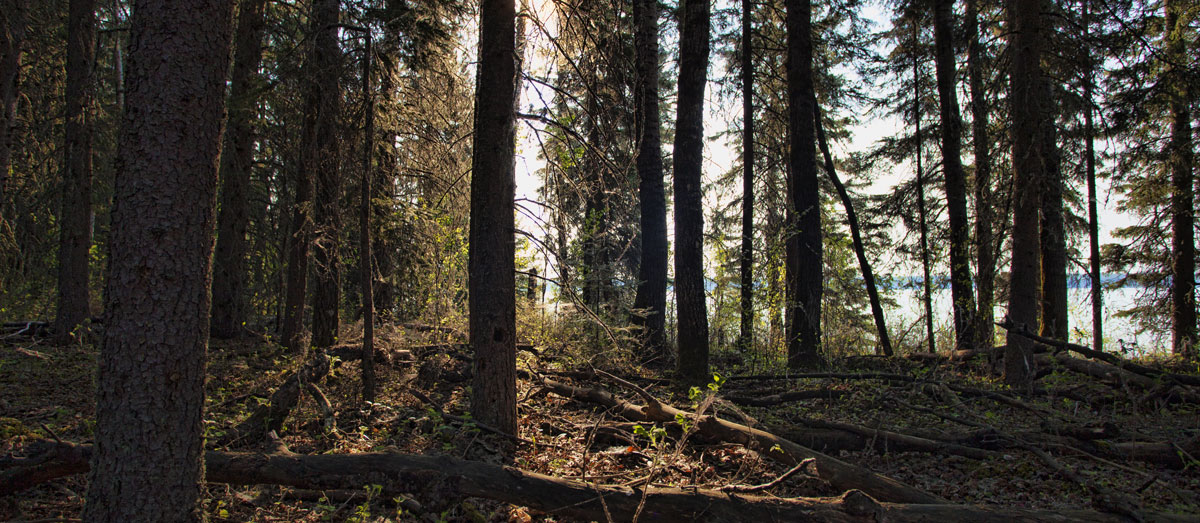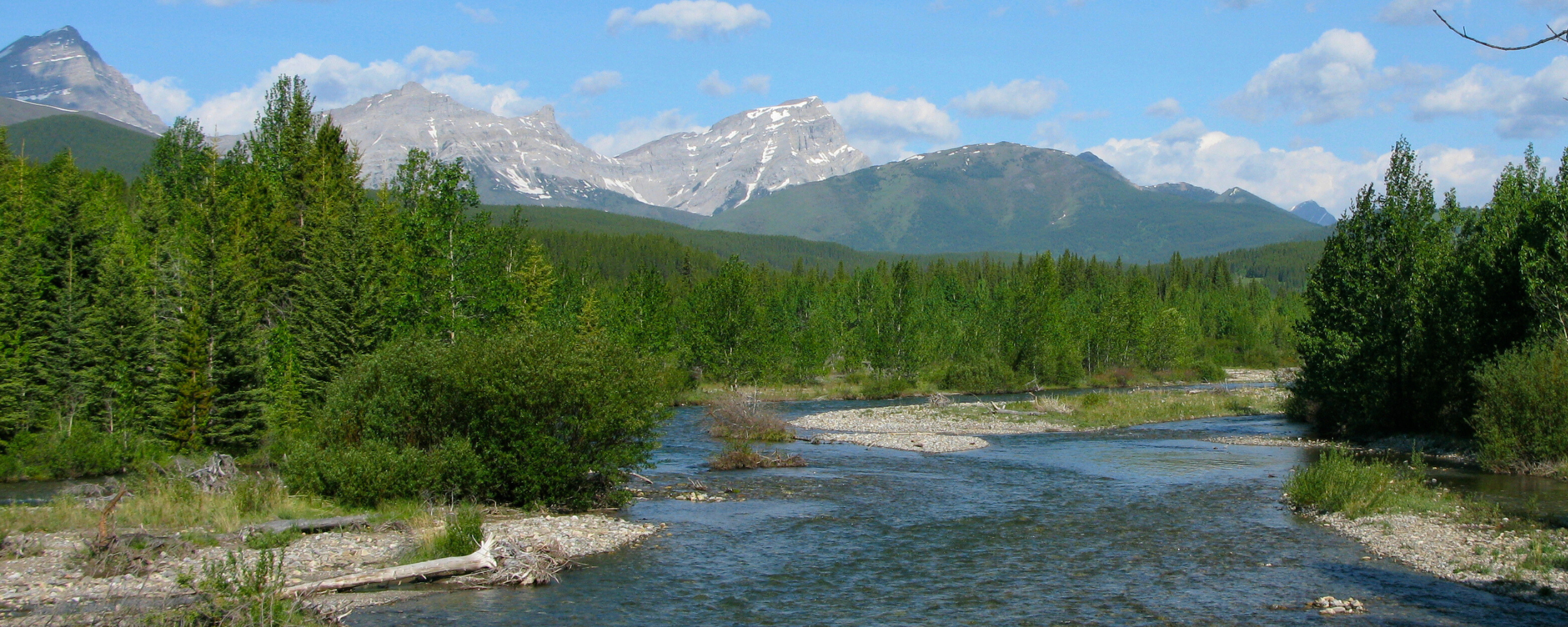
By Anne-Marie Syslak
Executive Director,
CPAWS Southern Alberta
Like many others, I look forward to the weekends when I pack up my x-country skis or hiking boots and head to our amazing Alberta parks. Enjoying a day of fresh air and activity in our incredible mountain wilderness makes me feel alive and feeds my physical, mental, and spiritual health. I am thankful that we have these places to go as part of Alberta’s outdoor heritage.
Before working at CPAWS, I had no idea about how these places came to be, their significance with respect to conservation, or the planning and management that ensures they stay in good repair for the future. Understanding this work has certainly shed new light on my experience, respect, and personal stewardship of these areas – and this is what I want to share with you.
Parks and protected areas are legally designated by government, but the public and groups like CPAWS play a huge role in their establishment and maintenance. Science informs us of their ecological importance, but the support of the people is what really lets decision makers know that we want these places protected and properly managed as an integral part of our Alberta experience.
Right now, we have an amazing opportunity to build on Alberta’s legacy of parks and protected areas. In an effort to reach international targets for the protection of biodiversity, Alberta has identified a new conservation area in the Bighorn, just west of Nordegg, between Banff and Jasper. We are hoping to see it earn legislated protection by the end of the year. The recent federal budget identified the potential for matching funds to help provinces reach these targets for protecting areas like the Bighorn. The provincial government is well positioned to create the Bighorn and other protected areas, we just need your voice and support to do so.
In addition to a supportive constituency, we need vigilance to ensure that protected areas are actually protected. This may seem like a silly thing to say, but designating an area as protected is really only the first step. Planning, management, and watchfulness is integral to ensuring the long-term sustainability and protection of wilderness. Groups like CPAWS play a critical role as objective non-partisan third-parties. We look at science, policy, planning, and management practices to hold government accountable for the conservation of protected areas.
There are many areas in Alberta that would look completely different if it weren’t for the work of CPAWS and friends. Many of the places that we enjoy today rely on this continued vigilance.
It is surprising to realize that there are areas in Alberta that were once protected that now no longer are. In fact, Banff National Park used to include the Canmore area, Waterton used to include the Castle, and Buffalo National Park, near Wainwright, is no longer a park. Protected areas are special and it is important to know that they are protected from the pressures of development.
Lake Louise would look completely different today if they had been used as a venue for the 1972 Olympics. Look at the PyeongChang Olympics, where 58,000 trees in a protected area were cut to host the alpine events. Many of these trees were 500 years old and their historic, cultural, and ecological values can never be replaced. Protection needs to mean that we are working together to put nature first and not damaging these special areas.
We all are stewards of Alberta’s parks and wilderness. Everyone is needed in the long-term care of our protected areas. Every action counts, from sticking to designated trails, picking up garbage, practicing bear safety, and teaching others. From the government, to the conservation group, to the rancher, to the angler, to the hiker, to every Albertan – we all have a role to play to protect our Alberta way of life.
Yours in conservation,
Anne-Marie Syslak
More Blog Posts

Speak Up, Write Out: The Power of a Local Op-Ed

Fine Issued to Forestry Operator for Erosion Control Failures


